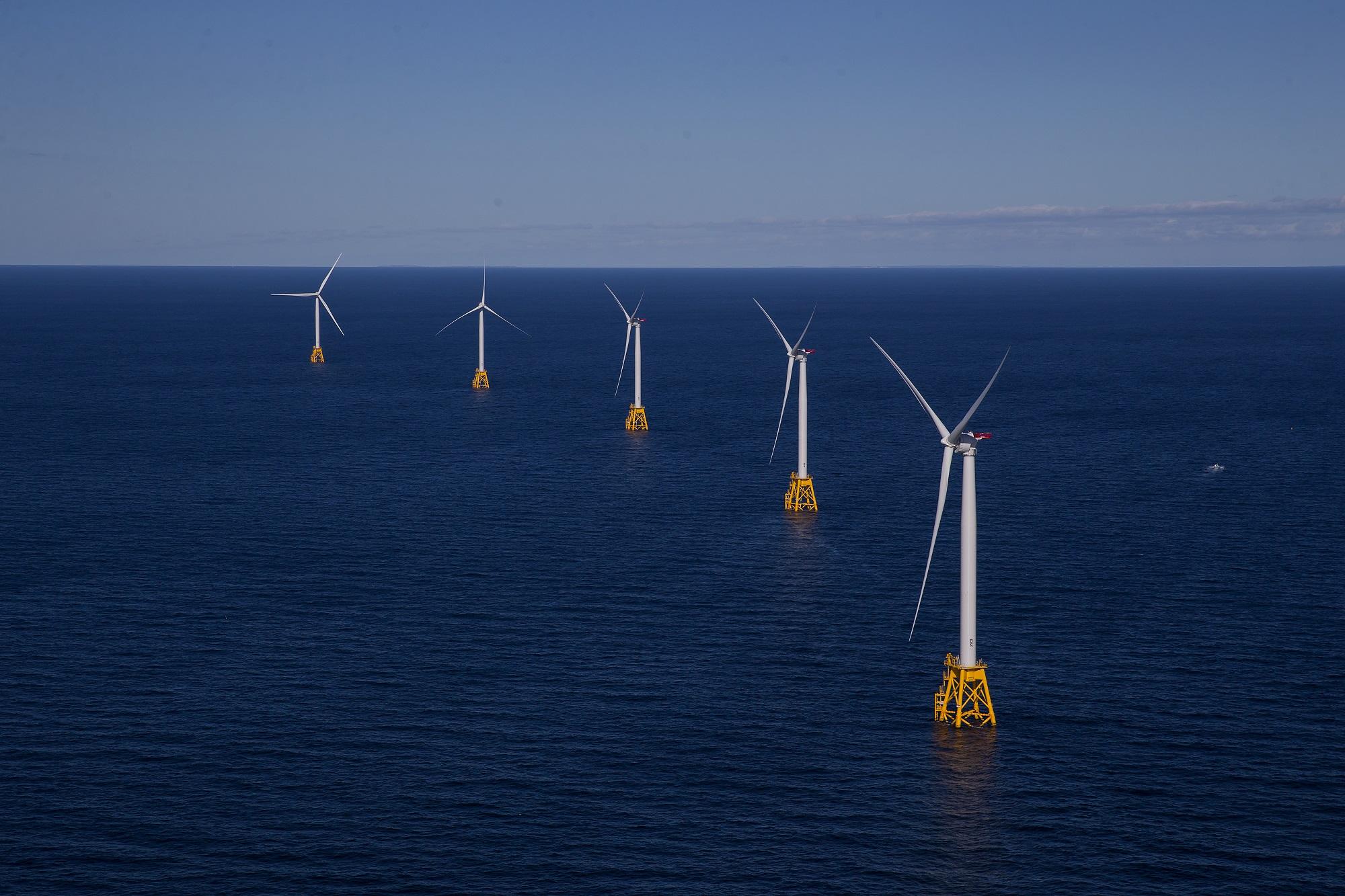Harnessing the Ocean Breeze
Oceanic wind energy harnesses the power of ocean winds by installing wind turbines in coastal waters, often several miles away from land. Compared to onshore wind farms, offshore turbines can access stronger and more consistent winds that allow for larger, more powerful turbines. As a result, oceanic wind farms can generate significantly more renewable energy than their land-based counterparts. However, constructing wind farms offshore also presents unique technical and logistical challenges.
Foundations in Water Not Land
One of the biggest hurdles for oceanic wind is securing the foundations needed to support large turbines towering above the ocean surface. Unlike on land, wind turbines erected at sea require foundations strong enough to withstand storm surges, waves, and corrosion from saltwater. Engineers have developed various foundation designs optimized for different ocean depths and seabed terrains, including monopiles, gravity-based structures, and floating platforms tethered to the seafloor. Installing these massive foundation structures in choppy seas also demands specialized offshore construction vessels and rigs.
Undersea Cables for Power Delivery
After electricity is generated, Offshore Wind farms need underwater transmission cables to deliver the renewable power they produce to onshore electrical grids. High-voltage direct current (HVDC) and alternating current (AC) power lines are buried underground or laid on the seafloor to transmit energy over long distances without significant losses. Connecting oceanic wind projects to transmission networks on land poses technical and regulatory challenges. However, improvements in submarine cable design and installation methods have increased feasibility.
Technology Advancements Lowering Costs
Significant technology progress is driving down costs to construct and operate oceanic wind farms. Bigger rotor diameters on modern turbines capture more energy from moderate winds. More efficient permanent magnet generators convert mechanical torque to electricity with minimal losses. Advanced engineering enables taller towers and deeper foundations, accessing stronger winds farther from shore. Condition monitoring systems also reduce maintenance needs. Computer simulations, remote sensing, and big data analytics aid in strategic turbine siting and array layouts optimized for maximum generation. Collectively, these innovations help oceanic wind achieve grid parity versus conventional fuel sources much sooner than anticipated.
Early Commercial Projects Paving the Way
Among the first major commercial oceanic wind farms, the UK’s London Array stands out. Commissioned in 2013, its 175 turbines with a 630-megawatt (MW) capacity provide power to over half a million homes annually. Denmark also gained early experience from multi-phase projects like Horns Rev and Anholt. Globally, most capacity to date comes from northern European coastal waters with suitable shallow depths. However, many new markets are emerging worldwide. For example, the U.S. Block Island Wind Farm pioneered oceanic wind in American waters in 2016. With capacity quotas rising rapidly across Europe and Asia, the next decade will likely see unprecedented oceanic wind deployment at utility scale.
Future Potential for Massive Growth
According to some projections, Offshore Wind capacity additions may accelerate steeply in the coming years as technology matures and costs decline. The International Energy Agency estimates an annual growth rate around 15-17% could lift total global offshore capacity to over 800 gigawatts (GW) by 2050, up from just over 30 GW currently. This would represent an investment exceeding $1 trillion and deliver clean electricity matching the output from hundreds of large coal or natural gas power plants. Researchers also foresee untapped multi-gigawatt opportunities in deeper waters suitable for floating turbines, extending offshore viable zones much farther from coasts. If realized, the resulting climate and economic benefits could be profound on both local and global scales.
Overcoming Environmental Concerns
As with any large-scale energy infrastructure, oceanic wind development raises valid environmental concerns that projects address through mitigation and monitoring. Chief among them are impacts to marine ecosystems and visual disamenity for coastal communities and shipping lanes. Modern turbine designs minimize bird and bat collisions, while seasonal construction schedules avoid critical wildlife periods. Noise pollution from pile driving receives scrutiny, though effects appear local and temporary. Decommissioning plans ensure structures are properly removed at end-of-life to prevent pollution. With care taken, most experts argue properly sited utility-scale oceanic wind farms pose minimal long-term environmental risk relative to fossil fuel alternatives they displace. Proactive stewardship helps maximize public acceptance of this vital clean power resource.
Offshore Wind energy represents a vast indigenous renewable resource ready to deliver carbon-free electricity on an industrial scale. Although challenging, the technologies to build and operate multi-gigawatt wind farms at sea are improving every year. With the right policies and market incentives driving continued innovation, oceanic wind holds great potential to power coastal economies and help countries meet climate targets cost effectively for decades to come. Rapid growth now seems imminent as this maturing industry overcome increasing commitments worldwide.
Get More Insights On Offshore Wind

